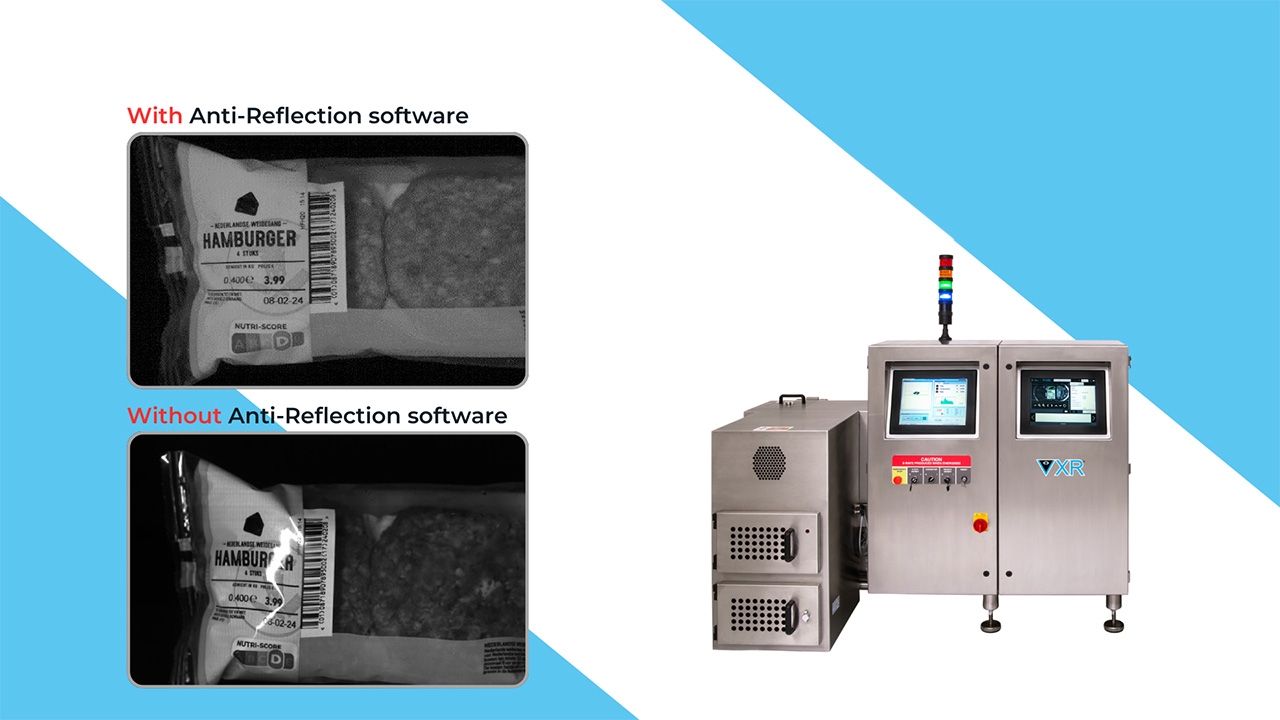The modern label industry

Labels & Labeling international publishing director Mike Fairley responds to key questions on the paradigm shift of the global industry
Q: What are the key characteristics of a converter in this industry which is considered to be innovative?
MF: Innovative label converters have a mindset and senior management vision for their businesses that usually requires an extensive knowledge of the industry, a good knowledge of their customers’ needs and requirements, and have the necessary well qualified (innovative) personnel – with proper resources – to pursue and achieve corporate growth goals. Regular information and ideas collection from employees, customers, and even competitors and un-related businesses is also important.
Label production technology, often with some changes in press design, production process or customer service, has to be utilized effectively – with the company striving for continuous, rather than one-off, innovation. Ideally the company achieves strong brand recognition for its innovative products and services, and implements effective communications strategies.
Q: Consumers are changing the way they make purchasing decisions – with the advent of social and mobile there’s the “Zero Moment of Truth”, when consumers review products before going to retail, or online, to purchase. How is the industry adapting?
MF: Whether purchasing from retail outlets or online, the shopper expects to see the same quality of branded packaging and labels. In this respect the label industry can expect to produce the same high-performance labels. However, these label and packs may now need to carry the latest forms of interactive, social networking designs using QR codes, augmented reality, SnapTags, etc.
Leading label converters are already fast-developing labels incorporating such technologies, perhaps forming joint ventures or employing personnel to write applications and software to support customers’ products and markets. This will only grow.
Converters will also need to be more flexible in their capabilities, helping brands to test market, collect data, launch new product solutions and be reactive to frequent design changes.
Q: What can converters do to streamline their processes?
MF: Managing information, enhanced communications, and providing outstanding levels of service and support, are probably now as important – if not more important – than just being a good printer.
Label converting is becoming more complex and today requires more sophisticated Management Information Systems (MIS) and design systems to eliminate manual operations, reduce errors and plan and schedule every stage of production – from order entry, through design and origination to printing and finishing, and to despatch and invoicing.
More information is required so that customer requirements can be met, including shorter lead times, smaller run quantities, more changes and variations, more versions, the use of the latest interactive label solutions, track-and-trace options and brand protection, authentication and anti-counterfeiting.
Q: What technologies were at Labelexpo Americas 2012 that will impact the label industry most?
MF: There seems little doubt that the development of digital origination, printing and finishing technology will continue to have a significant impact on the label industry and what it can offer to its customers over the next few years – 3D imaging, fast color proofing, product visualizing on virtual shelves, quick design changes, variable imaging and much more are all now feasible.
In particular, the new generations of inkjet printing presses are now faster, with higher resolution and improved output. Laser die-cutting is finally coming into its own. Faster, more flexible, more cost-effective and with the capability to cut complex shapes, the technology is expected to fast develop new industrial labeling solutions.
Complementing innovations are moving label converters and their customers into more sustainable production. Recycling and re-use of label waste, more sustainable substrates, lower carbon emission solutions, ink recovery and re-use, shorter web-path presses, lower energy usage presses – are just some options today.
Q: How have you seen small label enterprises servicing global brands across international borders?
MF: This is a major challenge for the smaller label converter. Global brands look for (increasingly) global partners to service their label needs, particularly for the key global brand products in the food, personal care, pharmaceutical, cosmetics sectors. Opportunities are more likely to be found in niche industrial.
This may include automotive, electronics, durable, traceability, etc, which are often smaller – but higher added-value – applications that require special equipment or investment which may not be seen as viable for large converters.
Q: Why is it important for the industry to mentor its young people?
MF: One of the key characteristics of the industry is that it has evolved over the past 30 or so years from the early skilled and knowledgeable entrepreneurs of family-owned and start-up businesses. New generations of well-educated managers do not have intensive technical or industry knowledge and they need the mentoring. The establishment of the label industry Young Managers Club is a start.
Steps are also being taken to develop a global education and training scheme for the label industry, supported by the key associations, which will create an industry wide syllabus, training modules, content handbooks and, eventually, a global certification program and qualifications – all undoubtedly overdue. It will be supported further with a mentoring program staffed by the older generation.
This article first appeared in the Labels & Labeling Yearbook 2013
Stay up to date
Subscribe to the free Label News newsletter and receive the latest content every week. We'll never share your email address.


